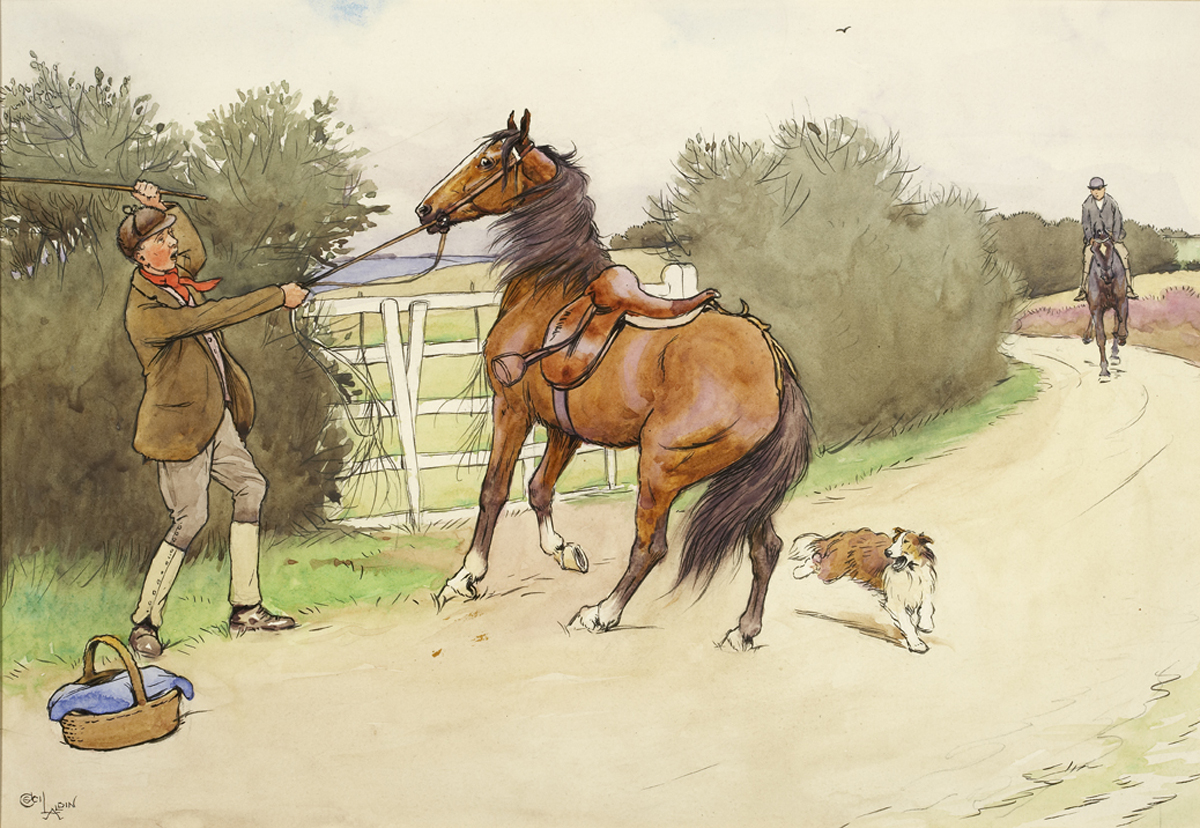Table of Contents Show
While animal welfare and anti-cruelty laws are well known today, the idea of speaking out and legislating against the unjust treatment of animals was by no means accepted in the nineteenth century. Anna Sewell’s fictional 1877 novel Black Beauty: His Grooms and Companions, the Autobiography of a Horse was instrumental in bringing about specific changes for the benefit of carriage horses and altogether changing English and American attitudes towards animal welfare. Though the novel was originally meant to be an instructional treatise on the proper treatment of horses, it is viewed today as a children’s book, and I believe that this is truly the book’s best usage.
Black Beauty‘s compassionate depiction of animals and intimate narration gives children a solid grounding in empathy for all creatures, humans, and animals alike. As such, children and adults should read and learn about the book’s history and power.
The Compassion For Animals
Many children feel an innate empathetic connection to animals, but the society we live in often devalues the lives and welfare of our fellow creatures, particularly those used and exploited for food or work, like horses. As a personal example, I have always felt a strong love for animals and a desire to protect them from being harmed, which occasionally led to arguments with others over whether or not the life of an ant or a fly was important. After reading Black Beauty, I realized I wasn’t alone in feeling sympathy for mistreated animals and wanting to make the world a better place for them. In particular, a passage in which Beauty overhears a character named James telling his friend about a cruel boy he knew at school whom he once caught pulling the wings off of flies struck me.
James describes telling the schoolmaster about the flies, and the man’s admonishment to the students that it is “hardhearted and cowardly” to “hurt the weak and helpless,” and that “cruelty [is] the devil’s own trademark,” emphasizing that cruelty to any living being is a great sin (( Anna Sewell, Black Beauty: His Grooms and Companions, the Autobiography of a Horse, 1877 (reis., Sterling Publishing Co., 2004), Page 46. )). With this passage, the novel emphasizes the importance of respect and compassion for all creatures, not only the horses who dominate the story. Not many books take the time to emphasize the significance and severity of cruelty to the smallest members of the animal kingdom, and many people in and out of books show little to no regard for the lives of bugs and insects at all. For this reason alone, Black Beauty is an important book for everyone to read, but especially for children, as it can give them an early appreciation for the lives of all creatures and the insidiousness of cruelty.
Narration And Empathy
Black Beauty is one of the first books to have a first-person animal narrator, and this works immensely in the book’s favor. One of the greatest powers books hold, a power that is difficult or impossible to replicate in any other medium, is the ability to make a reader connect with a character who may be entirely different from them. Books allow readers to understand and relate to experiences distant from their own. Above all, reading novels and sympathizing with different characters has been proven to increase empathy (( Raymond A. Mar et al., “Bookworms versus nerds: Exposure to fiction versus non-fiction, divergent associations with social ability, and the simulation of fictional social worlds,” Journal of Research in Personality 40 (2006): 694-712. )).
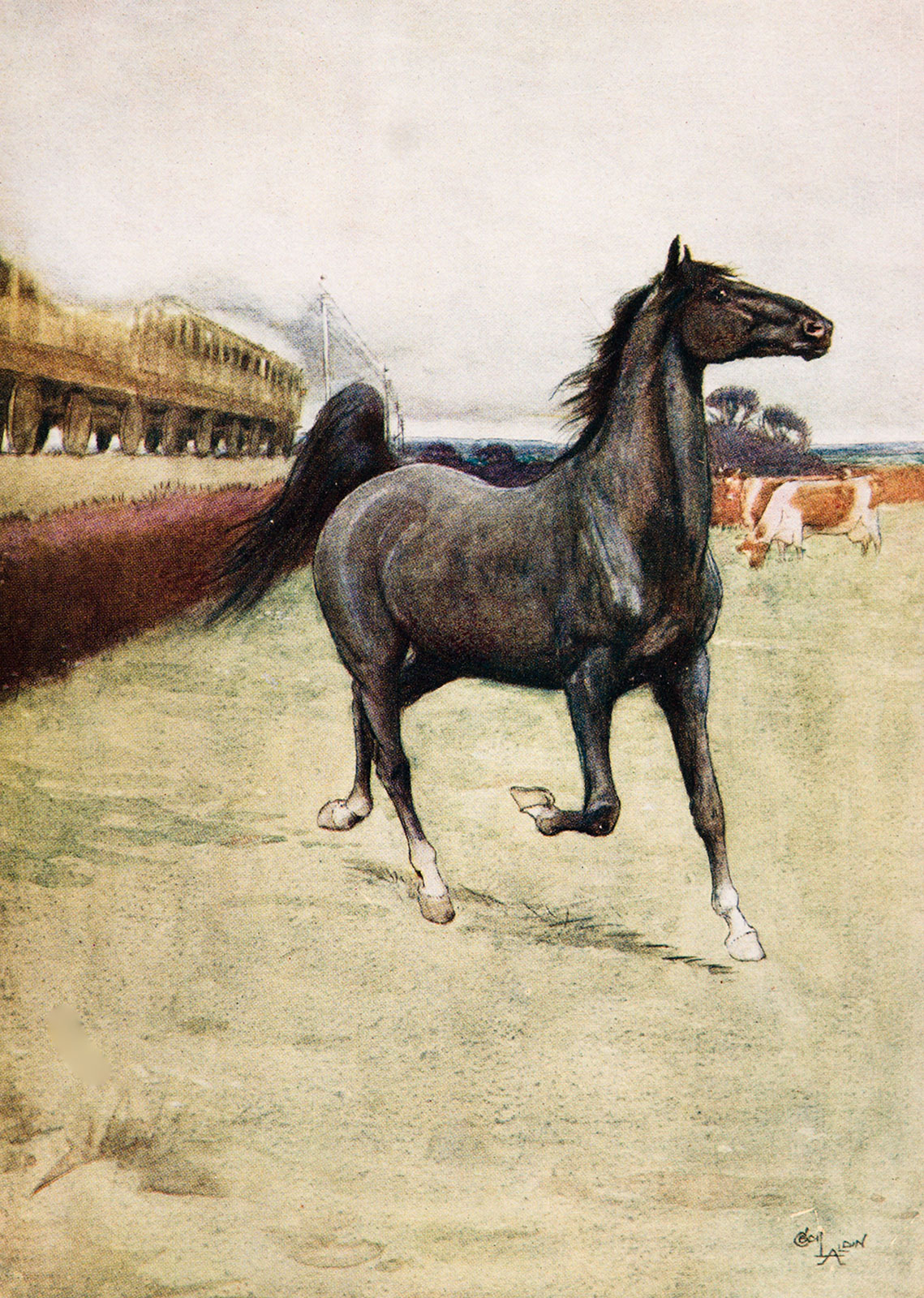
For all these reasons, it is crucial that Black Beauty is narrated by the titular character. Beauty’s narration is intimate and personal, conveying all his thoughts and experiences in a straightforward yet deeply emotional manner. He is rarely angry but frequently ponders why he receives harsh treatment when it is so unnecessary. During a time in his life when he is a “job-horse,” meaning he is let out for hire to many different people, he lists the many different types of incompetent drivers he falls under, including those who pull the reins tightly at his mouth and those who simply whip him with no care for him at all. He describes being driven by an ignorant, careless man who doesn’t notice when a stone begins to wedge itself deeper and deeper into his hoof until Beauty eventually “[goes] so lame with the pain” that the man finally notices and begins to whip him. (( Anna Sewell, Black Beauty: His Grooms and Companions, the Autobiography of a Horse, 1877 (reis., Sterling Publishing Co., 2004), Page 102. )). A passerby shows up and takes the stone out, and the driver simply begins to whip Beauty again, while the latter ruminates that “this was the sort of experience we job-horses often came in for,” emphasizing the consistent nature of such treatment (( Anna Sewell, Black Beauty: His Grooms and Companions, the Autobiography of a Horse, 1877 (reis., Sterling Publishing Co., 2004), Page 102. )).
Impactful Kindness
It is important to note that Sewell includes many depictions of Beauty living happily under kind people who treat him well. Because of this, the book is not overly bleak and provides a juxtaposition to the cruelty Beauty endures elsewhere, illustrating that there are always better options and ways to treat a horse. After moving from his previous happy home at Birtwick Park to a new home that Beauty is suffering in due to its use of the bearing rein, he says that “In [his] old home [he] always knew that John and [his] master were [his] friends; but here, although in many ways [he] was well treated, [he] had no friend” (( Anna Sewell, Black Beauty: His Grooms and Companions, the Autobiography of a Horse, 1877 (reis., Sterling Publishing Co., 2004), Page 83. )).
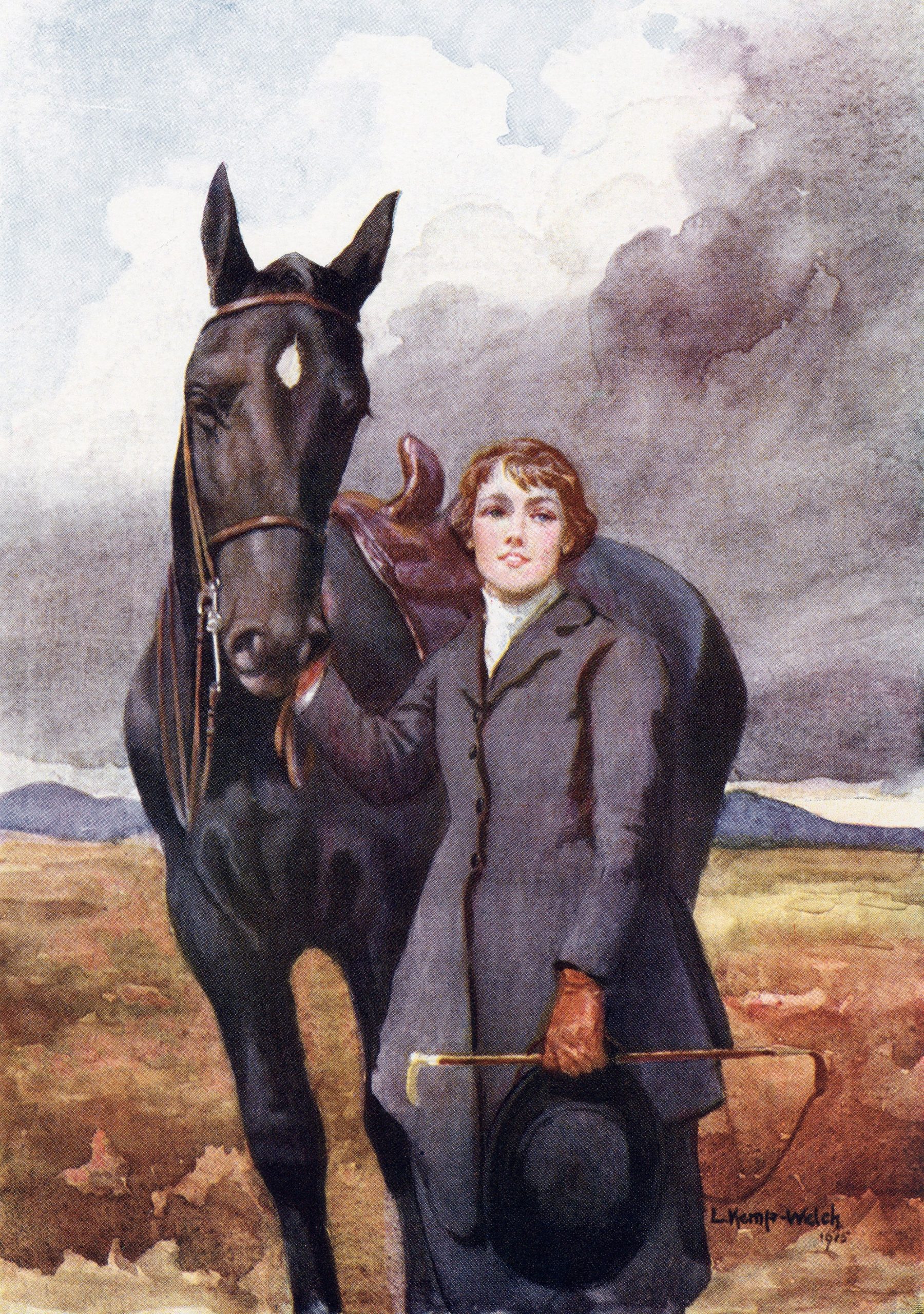
Sewell hereby illustrates the necessity of not only adequate care for horses but true kindness and respect. While reading from Beauty’s perspective, empathizing with him and feeling in his place, readers can sense the difference in atmosphere and mood when he changes homes. The novel allows readers to become fully cognizant of the vast disparity in quality of life under different people and illustrates how powerful an impact kind or harsh treatment has on an animal’s personality and spirit. The empathetic connection a reader naturally forms with a narrator is one of the main reasons all children should read Black Beauty to feel this bond with an animal, albeit a fictional animal written by a human.
Ginger
On that note, Beauty’s calm and mild personality, which flourished thanks to a pleasant and gentle early upbringing, is juxtaposed with that of his friend Ginger, who lives at Birtwick Park at the same time as him. Ginger has a habit of biting and snapping at people, even those who have never done her any harm. Shortly after they meet, she tells him that she might have been far less fearful and aggressive if she had been raised the way he had. She describes being “broken in” by being whipped, dragged, and yanked from side to side, and says that “it was all force; they did not give me a chance to know what I wanted” (( Anna Sewell, Black Beauty: His Grooms and Companions, the Autobiography of a Horse, 1877 (reis., Sterling Publishing Co., 2004), Page 23. )). She mentions that, being high-spirited, she might have been difficult to deal with but explains how difficult it is for a horse to restrain herself when she has been locked in a stall for days on end.
After she and Beauty are both sold to different people, she is worked quite literally to death. The last we see of her is when she is lying dead in a car, her “lifeless tongue…slowly dripping with blood” (( Anna Sewell, Black Beauty: His Grooms and Companions, the Autobiography of a Horse, 1877 (reis., Sterling Publishing Co., 2004), Page 157. )). A saddened Beauty thinks to himself that “if men were more merciful, they would shoot us before we came to such misery” (( Anna Sewell, Black Beauty: His Grooms and Companions, the Autobiography of a Horse, 1877 (reis., Sterling Publishing Co., 2004), Page 157. )). Sewell’s decision to show what Beauty’s fate might have been had he been less fortunate, and giving the reader a connection to Ginger because she is our narrator’s friend, helps to cement her argument about the importance of kind treatment and gentle care for horses.
Impact On Readers Today
For all these reasons, Black Beauty continues to be an important and powerful novel. It is compassionate, sometimes emotional pleas for kindness to animals combined with its relatable main character and gripping plot make it a must-read for young and old alike. I believe that the novel truly has the power to give people a different perspective on animals, to place themselves in their position for a time, and imagine what it would be like to be treated the way so many animals even today are treated. Because of this, I believe it is most important to give Black Beauty to children to read since it is important to build a foundation for compassion and love for animals early on. That being said, all adults can certainly also benefit from reading the novel, particularly those who have never thought much about animals before or those who may have felt alone or strange in their passionate rejection of animal cruelty.
Past Impact
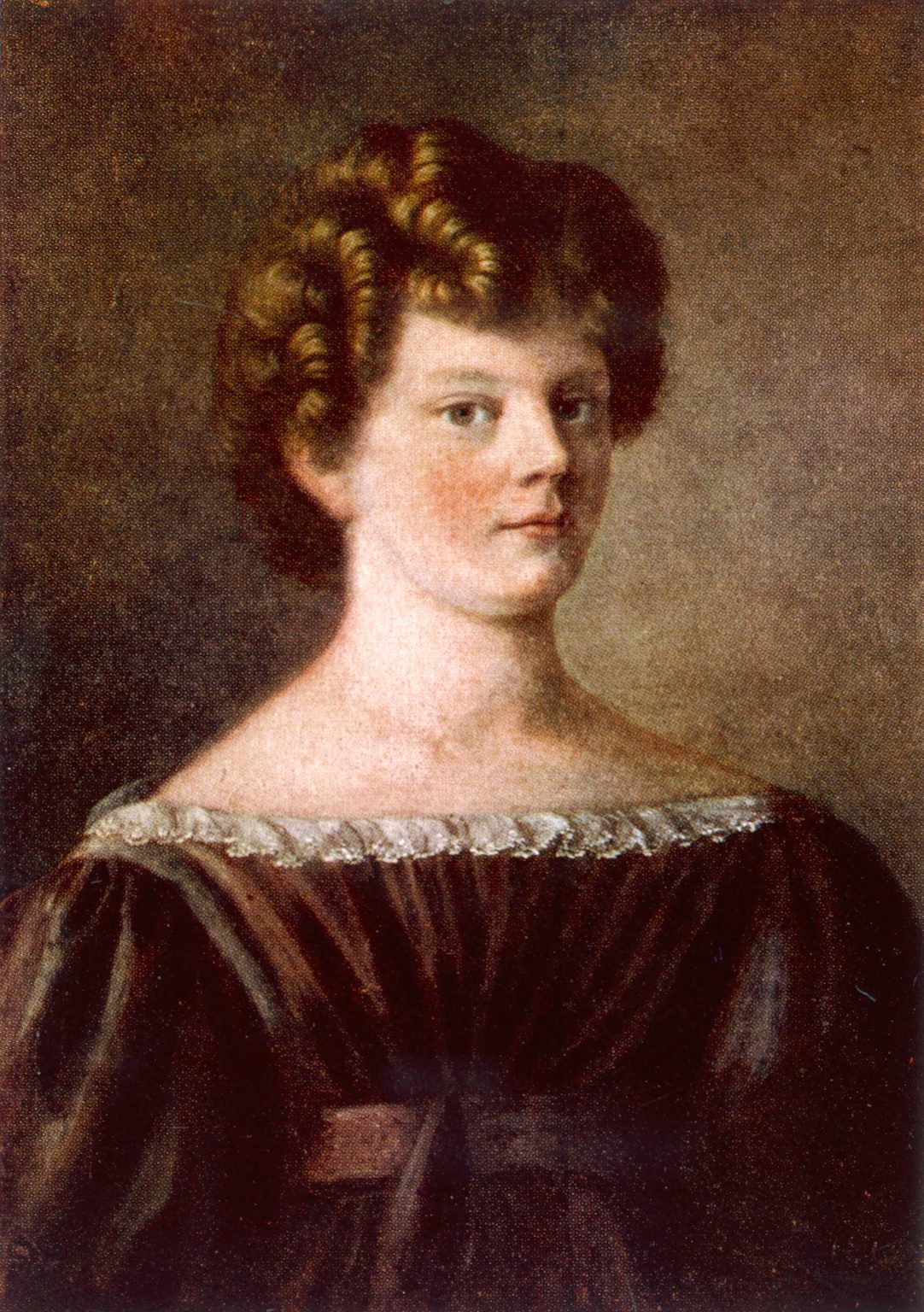
Black Beauty is not only a significant novel because of what it can do for readers today, but it also had a strong impact on animals’ lives shortly after it was published. At that time, horses were viewed as machines, as tools that were meant to work until they dropped. Sewell, having suffered an ankle injury at a young age and depending on horses to get around for much of her life, had a very different understanding of horses (( Nicholas E. Barron, “How ‘Black Beauty’ Was Written And Changed History,” Medium, 2019. )). She wrote Black Beauty specifically to spread this view and get people around her to see horses as beings worthy of respect. It certainly worked, sparking animal welfare movements the likes of which had never been seen before.
Anti-Cruelty Movements
Novelist Jane Smiley argues that Black Beauty‘s publication, by letting a horse narrate his own story, gave people a different perspective on animals and likely helped give rise to animal welfare movements and institutions (( “How ‘Black Beauty’ Changed The Way We See Horses,” NPR, 2012. )). The book was popular both in England and in the United States, selling millions of copies and becoming a treatise for animal rights and anti-cruelty activists. It also led to at least one concrete change in the way horses were treated, the most important one being the bearing rein.
Bearing Reins No More
Black Beauty describes the suffering bearing reins cause horses in great detail. Bearing reins were designed to hold horses’ heads up high while they pulled carriages for no other reason than to make them look stylish. When Beauty and Ginger are sold to an earl (a member of the English nobility lower than a marquess but higher than a viscount), the earl’s wife insists that their heads be held up high by the bearing rein. The groom gradually puts their heads higher and higher, and Beauty explains that he wants to “put [his] head forward and take the carriage up with a will,” but because he is now forced to pull with his head up, it “took all the spirit out of [him’, and the strain came on [his] back and legs” (( Anna Sewell, Black Beauty: His Grooms and Companions, the Autobiography of a Horse, 1877 (reis., Sterling Publishing Co., 2004), Page 80. )). After the earl’s wife insists that the horses’ heads be put as high as the bearing reins can make them go, Beauty endures four months of agony, saying that “had it lasted much longer, either [his] health or [his] temper] would have given way,” and he describes the “pressure on [his] windpipe” and feeling “worn and depressed” after returning home from pulling carriages (( Anna Sewell, Black Beauty: His Grooms and Companions, the Autobiography of a Horse, 1877 (reis., Sterling Publishing Co., 2004), Page 83. )).
These depictions of suffering caused outrage in English and American society at the use of bearing reins, and just a few years after the novel’s release, many countries stopped using bearing reins at all (( Nicholas E. Barron, “How ‘Black Beauty’ Was Written And Changed History,” Medium, 2019. )). This illustrates the immense power a fictional novel can have to inspire activism and shape the real world and provides further evidence for the importance of Black Beauty as a novel.
Timelessness
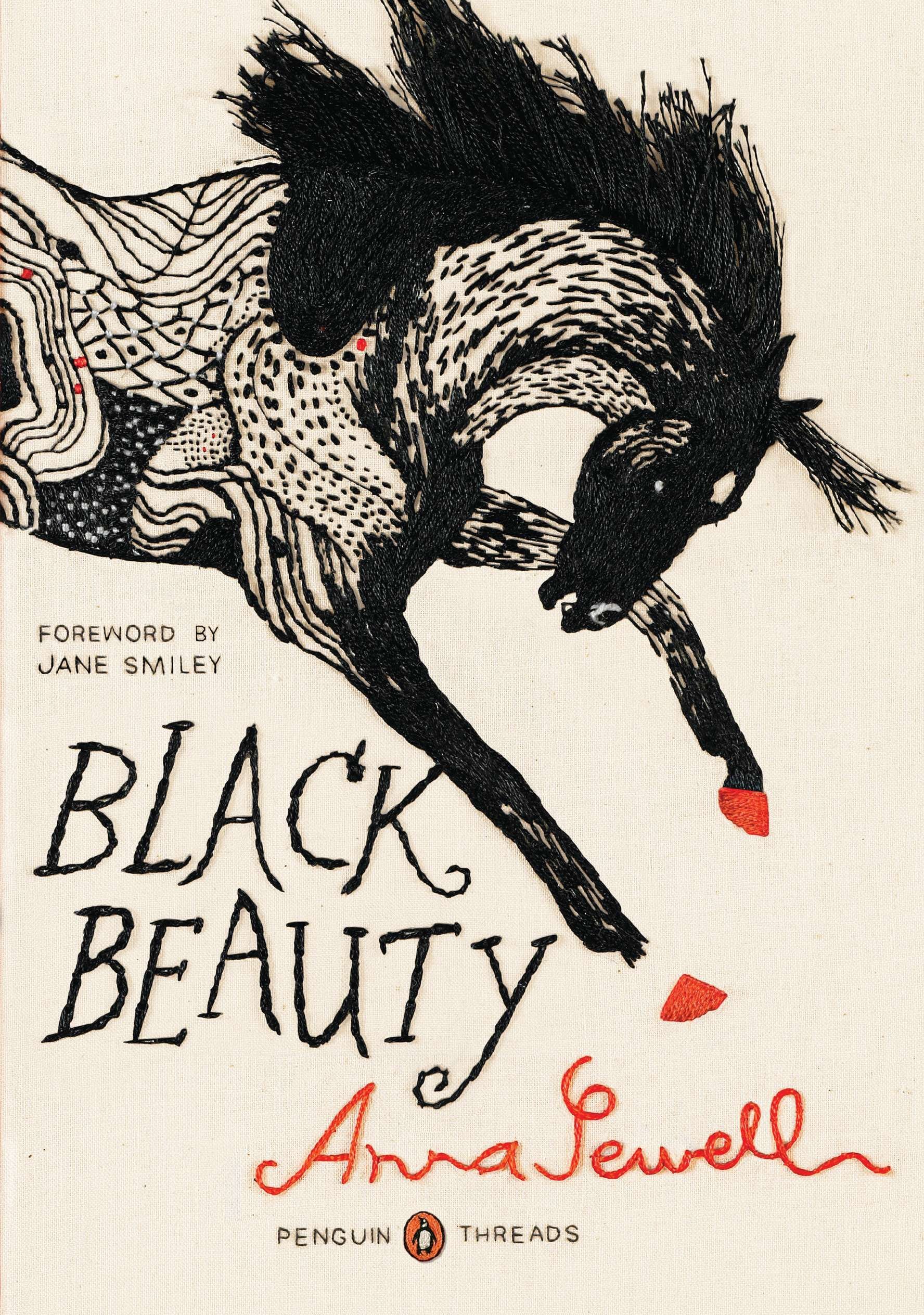
Though horses are not nearly as commonly used in our society as they were when the novel was published, many animals still suffer from mistreatment and cruelty. The ideas of compassion and kindness expressed in Black Beauty are truly timeless, and as such, the book should continue to be read by children and adults. Because of the importance of narration and interiority, the novel is difficult to adapt well. For this reason, the book should be the go-to for laying a foundation of respect for and understanding of animals and their needs. Black Beauty is a novel that no one should go through life without reading in order to develop an empathetic bond with animals, from horses to flies.
